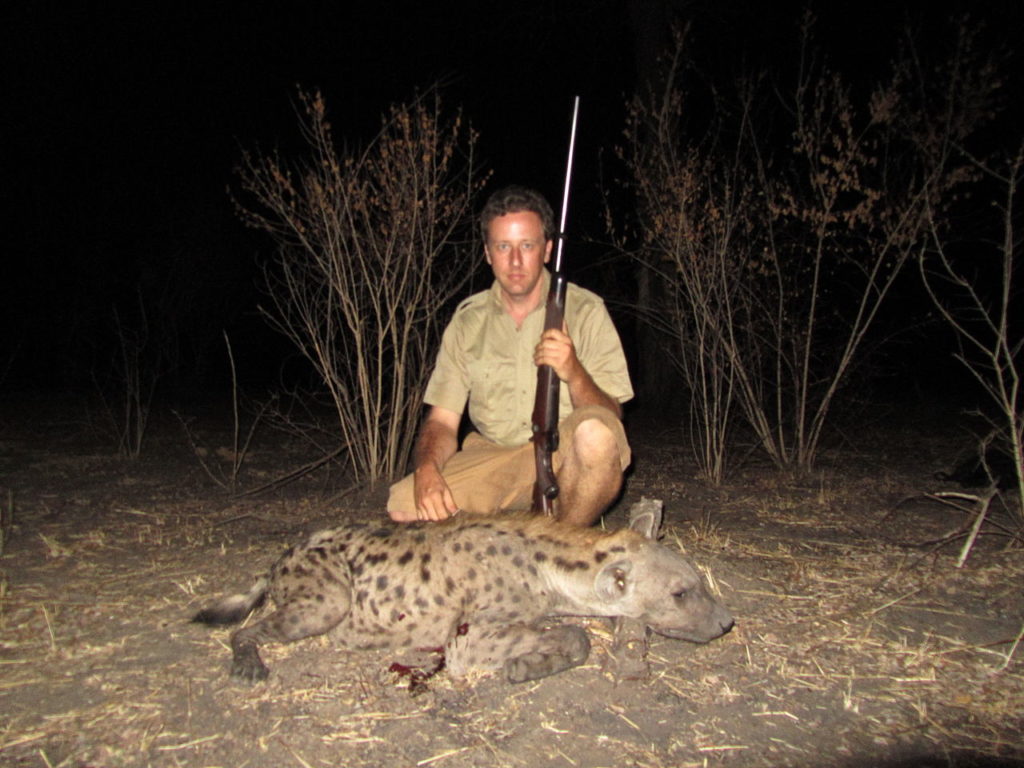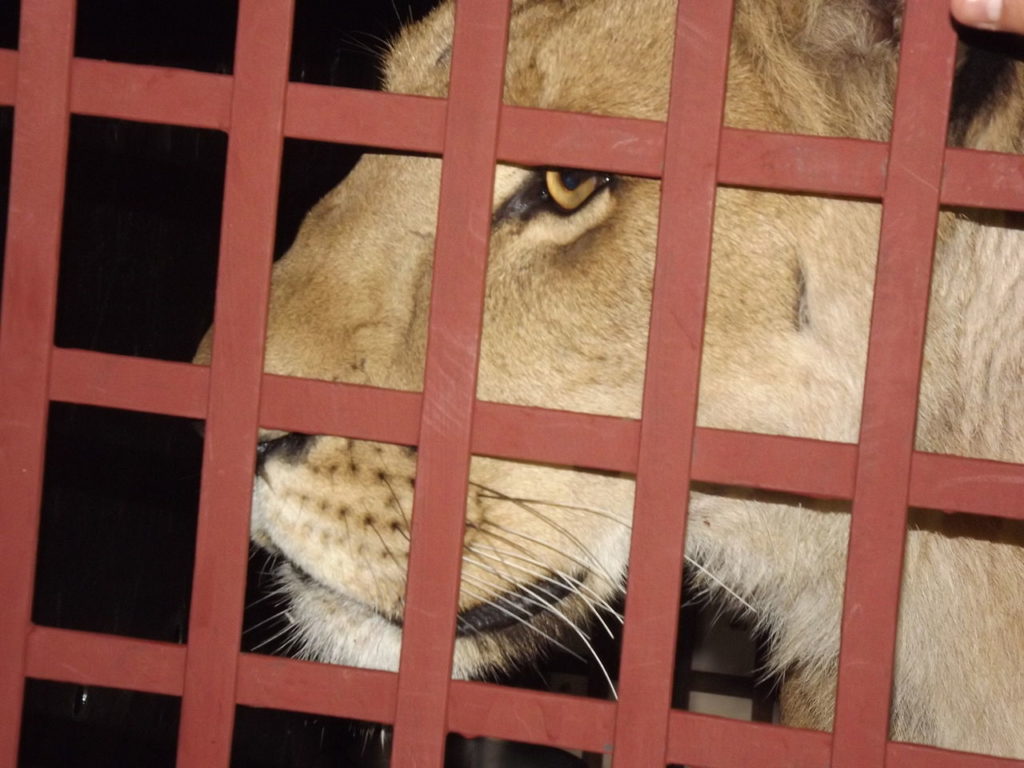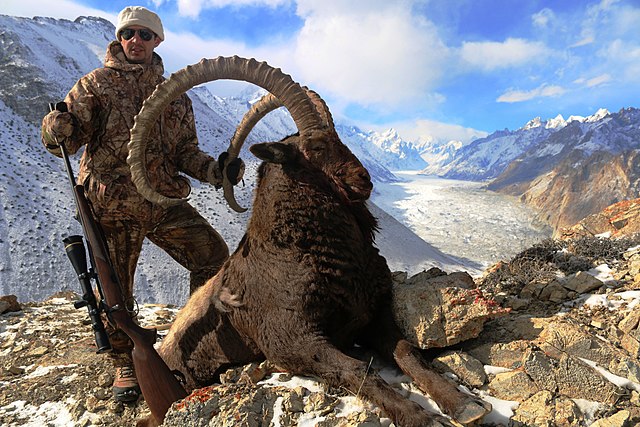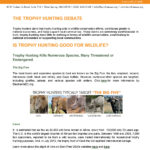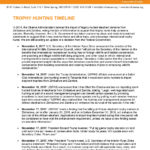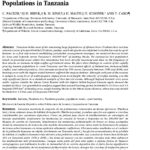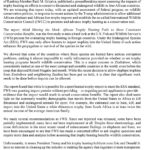Trophy Hunting Often Targets Already Vulnerable Species.
Trophy hunters target many species, but the most iconic and expensive species to hunt are known as the Big Five: the lion, elephant, leopard, rhinoceros (both black and white), and Cape buffalo. Many of these species are already in crisis. For instance, as few as 20,000 lions remain in the wild and tens of thousands of elephants are poached for their ivory each year. Wild rhino numbers in Africa are around 25,000, and more than 1,000 per year lose their lives to illegal killing in South Africa alone. Trophy hunting exacerbates these problems and puts additional pressure on already vulnerable species.
The Economic Benefits of Trophy Hunting Are Overstated.
Trophy hunting proponents argue that trophy hunting creates vast economic opportunities in places where hunts take place. In truth, these figures are grossly misstated and only a tiny portion (around 3% of revenue) is invested back into local communities for welfare, education, and other programs.
Trophy Hunting May Lead to Other Cruel Practices.
The demand for animal trophies has led to another cruel practice: canned hunting.
Canned hunts are private or commercial trophy hunts in which animals are raised and released into a confined area to be hunted. Hunters usually pay the ranch operator for a guaranteed successful hunt, which often involves targeting animals who are caged, lured to feeding stations, or drugged before they are killed.
The canned hunting industry has, in turn, led to the development of captive breeding of wild animals solely to be used in hunts.
Canned hunting takes place across the globe, including in the United States, which has around 1,000 such facilities containing thousands of wild animals destined to be slaughtered.
Learn more about canned hunting and captive breeding »
The U.S. Plays a Major Role in Trophy Hunting.
Between 2005 and 2014, more than 1.26 million wildlife trophies from more than 1,200 species were imported to the United States, including around 5,600 African lions, 4,600 African elephants, 4,500 African leopards, 330 southern white rhinos, and 17,200 African buffalo. The U.S. is also the importer of trophies of CITES-listed species, importing more items than the next nine highest nations combined.
Trophy hunting is facilitated by the U.S. government, which issues trophy import permits and, since 2018, the government has taken steps to promote the practice. On March 1, 2018, the U.S. Fish and Wildlife Service (USFWS) issued a memorandum withdrawing its earlier findings as to whether the trophy hunting of certain species from parts of Africa enhanced the survival of those species. Going forward, USFWS decisions to issue individual permits for trophy hunting imports will be done on a case-by-case basis, likely resulting in trophy hunting permits being freely granted.
In 2017, the DOI also established the International Wildlife Conservation Council. The Council was comprised almost exclusively of representatives of pro-hunting interests and was tasked with advising the DOI on the benefits of Americans going abroad to hunt. While the Council was dissolved in 2020, trophy hunting remains current and ongoing wildlife concern.
